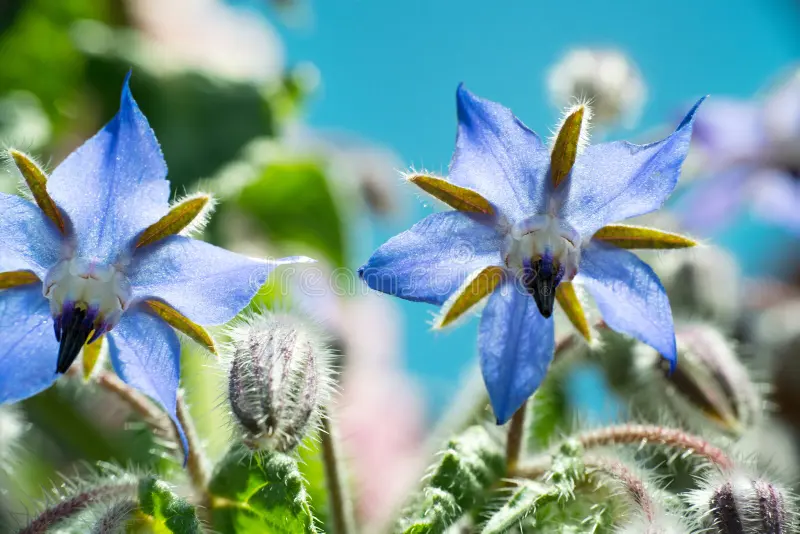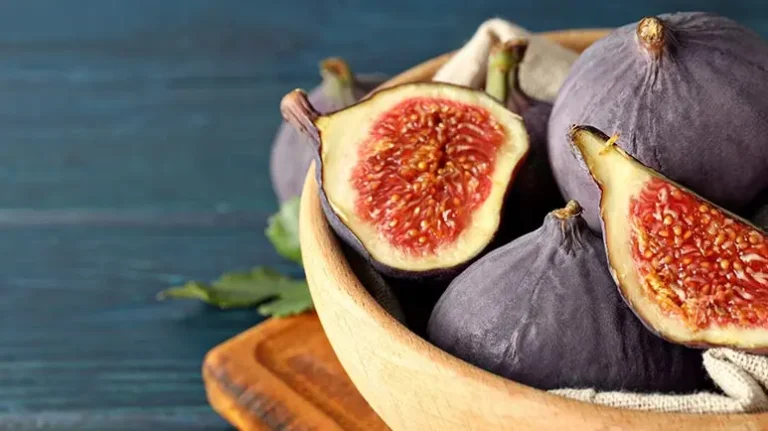For gardeners of all experience levels, waiting for plants to grow can feel like a test of patience. However, there’s good news: some seeds are fast-growing, offering near-instant gratification for those looking to cultivate a lush garden in a short amount of time. Whether you are working with vegetables, herbs, or flowers, choosing fast-growing seeds can dramatically shorten the wait from planting to harvest. In this article, we’ll explore some of the fastest-growing seeds and how you can nurture them for maximum growth and enjoyment.
Why Choose Fast-Growing Seeds?

There are several reasons why opting for fast-growing seeds is beneficial:
- Quick Harvests: For vegetable gardeners, choosing fast-growing varieties means quicker access to fresh produce.
- Seasonal Flexibility: With shorter growing cycles, you can plant multiple crops in a single growing season.
- Immediate Gratification: If you’re new to gardening or working with children, fast-growing plants provide the joy of watching daily progress.
- Space Optimization: In small spaces or container gardens, fast-growing plants allow for rapid turnover, making the most of limited space.
Best Fast-Growing Vegetable Seeds
1. Radishes (21-30 days)
Radishes are among the quickest vegetables to grow, making them a favorite for beginner gardeners. They thrive in cooler temperatures and can be planted in early spring or fall. In as little as three weeks, you can start harvesting crispy, peppery radishes.
Growing Tip: Radishes prefer loose, well-drained soil. Water consistently to keep the soil moist but not waterlogged.
2. Lettuce (30-45 days)
Lettuce is a staple in many gardens and grows incredibly fast, especially loose-leaf varieties. You can begin harvesting leaves just 30 days after planting, making it ideal for continuous sowing throughout the growing season.
Growing Tip: Lettuce does well in cool weather and partial shade. Plant seeds every two weeks for a steady supply of fresh greens.
3. Spinach (30-45 days)
Spinach is another leafy green that grows quickly. Baby spinach leaves can be harvested in just over a month, and it can be grown multiple times throughout the season.
Growing Tip: Spinach grows best in full sun during cooler temperatures. For tender leaves, keep the soil consistently moist.
4. Bush Beans (45-60 days)
Bush beans are a fantastic option for gardeners looking to grow fast-producing vegetables. These beans are compact and can be harvested within 50-60 days.
Growing Tip: Plant bush beans in full sun after the last frost. They need well-drained soil and regular watering to thrive.
5. Cucumbers (50-70 days)
Cucumbers are another fast-growing vegetable, especially smaller varieties like pickling cucumbers. They’re highly productive and can be ready to harvest in as little as 50 days.
Growing Tip: Cucumbers require full sun and warm soil. Use a trellis to support vine growth and save space.
Quick-Growing Herbs
1. Cress (10-14 days)
Cress is one of the fastest-growing herbs, often sprouting in just a few days. It’s perfect for adding a peppery flavor to salads and sandwiches.
Growing Tip: Cress grows well indoors or outdoors. It prefers partial shade and should be kept consistently moist.
2. Basil (25-30 days)
Basil is a warm-weather herb that grows quickly, providing fragrant leaves within 3-4 weeks. It’s perfect for fresh pesto, salads, and a wide range of culinary uses.
Growing Tip: Basil needs full sun and well-drained soil. Pinch off the flowers to encourage more leaf growth.
3. Cilantro (30-40 days)
Cilantro is another fast-growing herb that thrives in cool weather. You can begin harvesting the leaves within a month of planting.
Growing Tip: Cilantro grows best in cooler weather and can bolt in the heat, so plant it early in the season or in partial shade.
Fast-Growing Flowers
1. Marigolds (40-50 days)
Marigolds are easy to grow and bloom quickly, offering vibrant yellow and orange flowers within 1-2 months. They also help deter pests, making them a great companion plant for vegetables.
Growing Tip: Plant marigold seeds in full sun and well-drained soil. Water regularly but avoid overwatering to prevent root rot.
2. Zinnias (60-70 days)
Zinnias are a summer favorite, growing quickly and producing colorful blooms that last well into fall. They’re a great option for filling garden beds or containers.
Growing Tip: Zinnias love heat and sun. Keep the soil moderately moist and avoid overcrowding to reduce the risk of fungal diseases.
3. Sunflowers (70-85 days)
Sunflowers are a fun and fast-growing flower that can reach impressive heights in just a few months. Dwarf varieties grow even faster and are perfect for smaller spaces.
Growing Tip: Sunflowers need full sun and loose, well-drained soil. They’re drought-tolerant but will grow faster with regular watering.
Tips for Success with Fast-Growing Seeds
- Soil Preparation: Ensure your soil is well-drained and enriched with compost or organic matter. Loose soil allows roots to establish quickly, promoting faster growth.
- Watering: Keep the soil consistently moist, but avoid waterlogging. Young plants, in particular, need steady hydration to grow rapidly.
- Sunlight: Most fast-growing plants thrive in full sun. Make sure they get at least 6-8 hours of direct sunlight daily.
- Succession Planting: To make the most of your fast-growing crops, practice succession planting. This means sowing seeds at intervals, ensuring a continuous harvest throughout the season.
- Fertilization: Use a balanced, slow-release fertilizer to provide essential nutrients, but avoid over-fertilizing, as this can lead to excessive leaf growth at the expense of flowers or fruit.
Conclusion
Fast-growing seeds are a fantastic option for anyone looking to enjoy a flourishing garden in a short amount of time. From quick-harvesting vegetables like radishes and lettuce to speedy flowers like marigolds and zinnias, these plants will reward your efforts with rapid growth and beauty. Whether you’re gardening in a spacious backyard or a small urban space, fast-growing seeds offer a way to experience the joys of gardening with minimal waiting time. So, grab some seeds, prepare your soil, and get ready to watch your garden come to life in just a few weeks!











